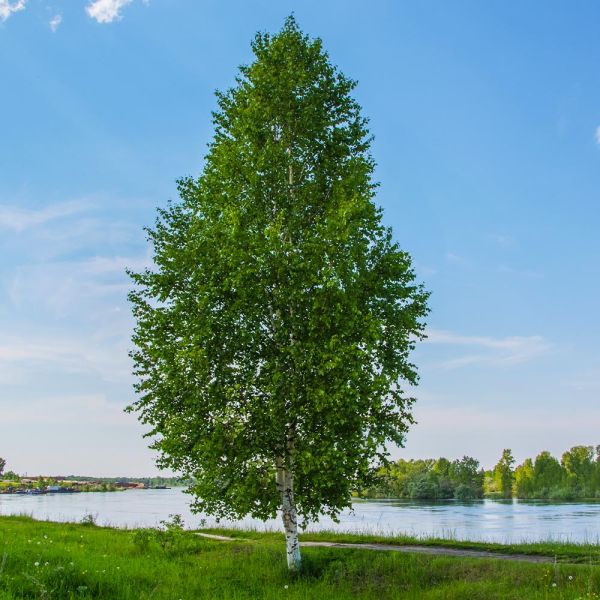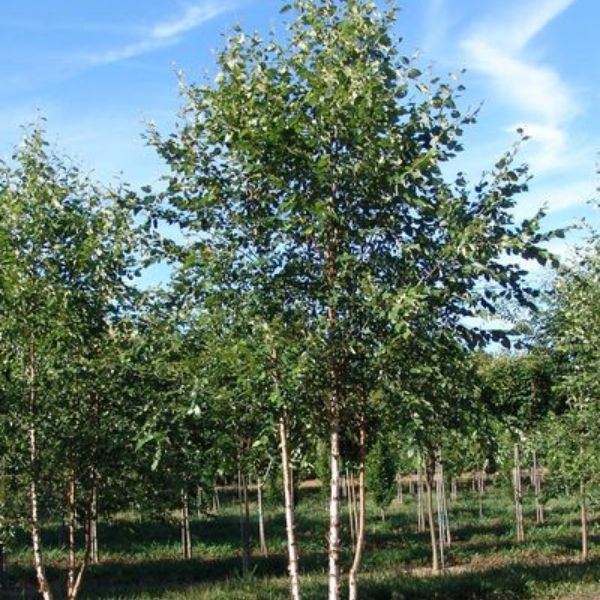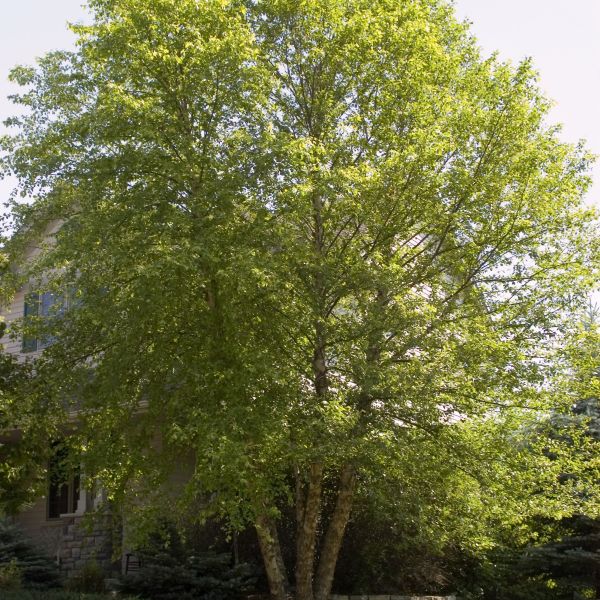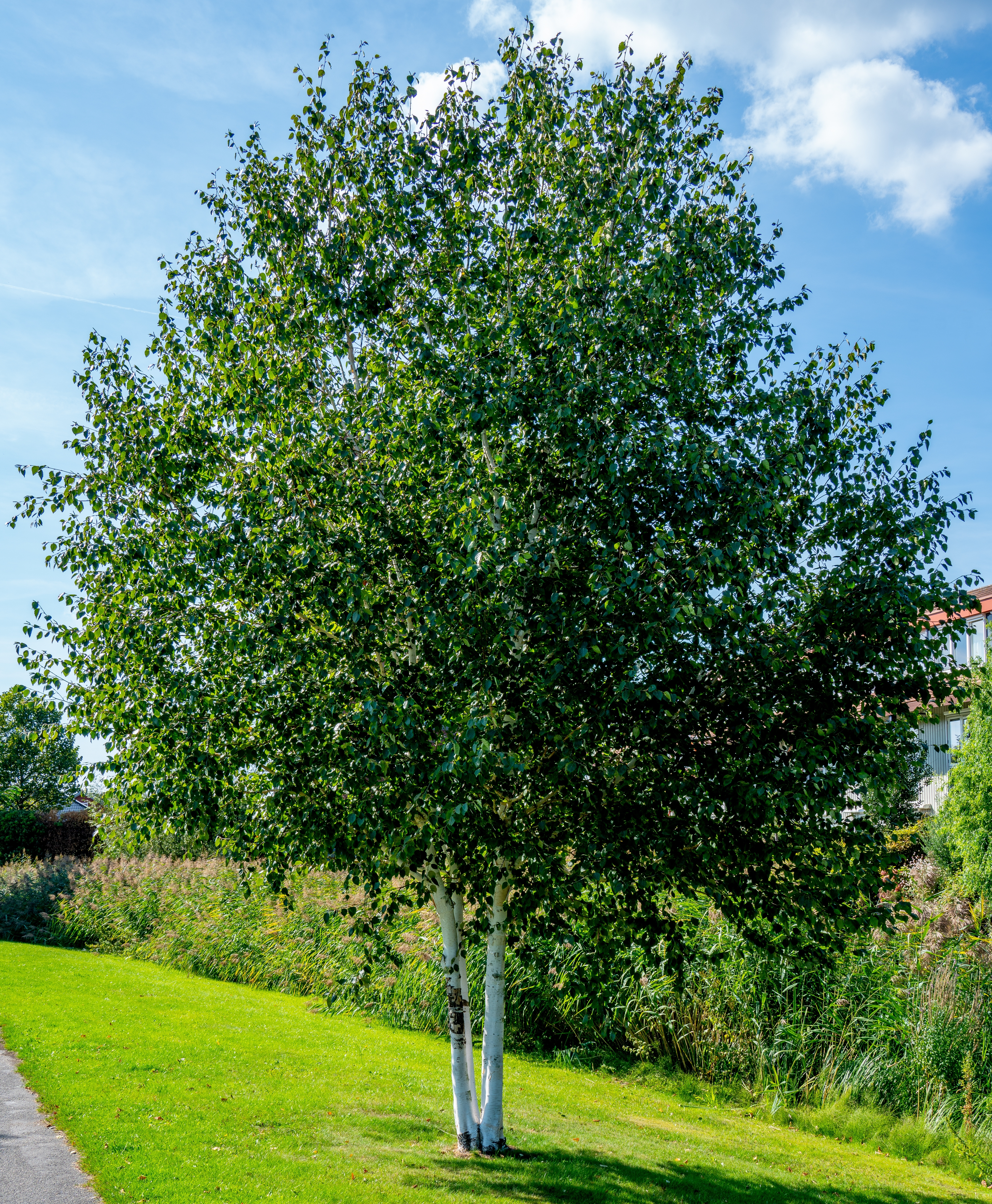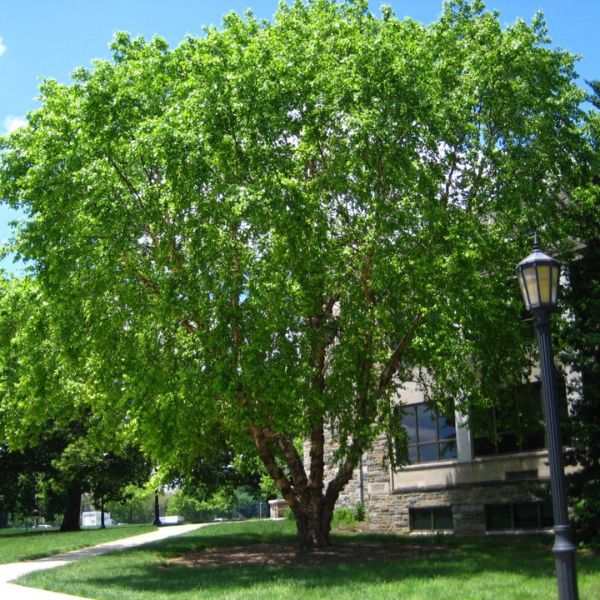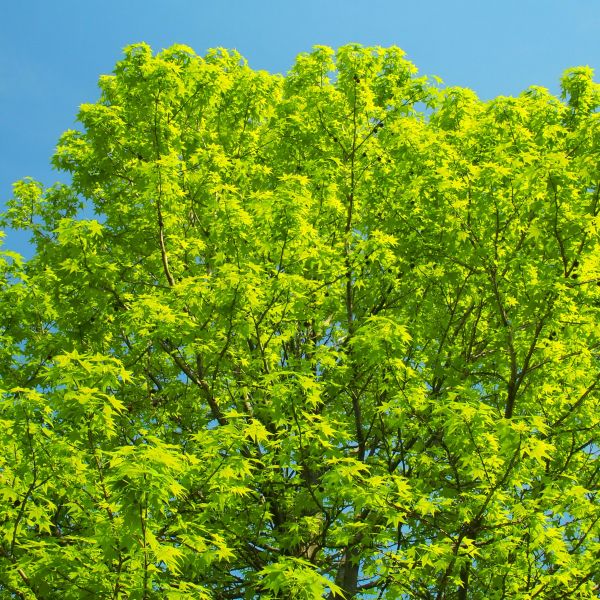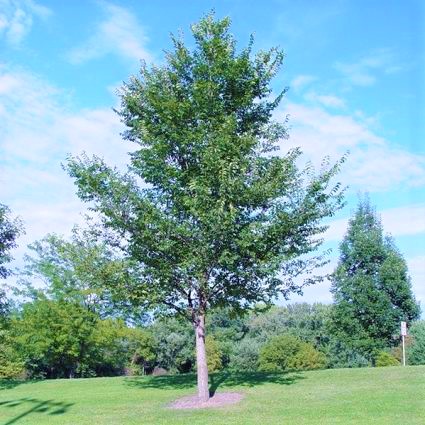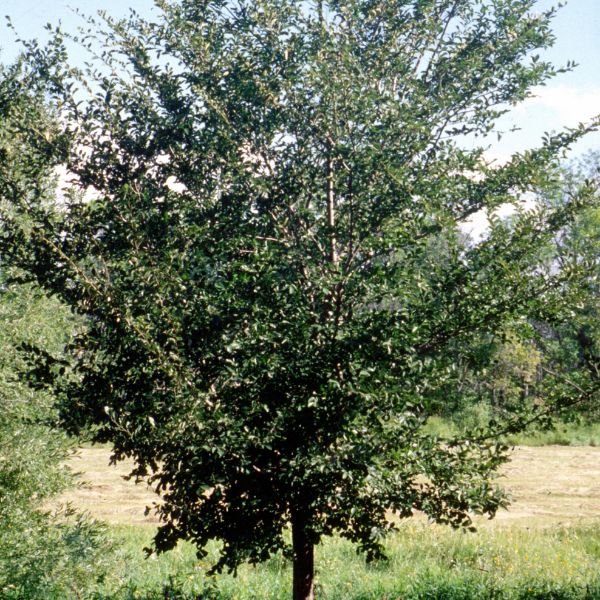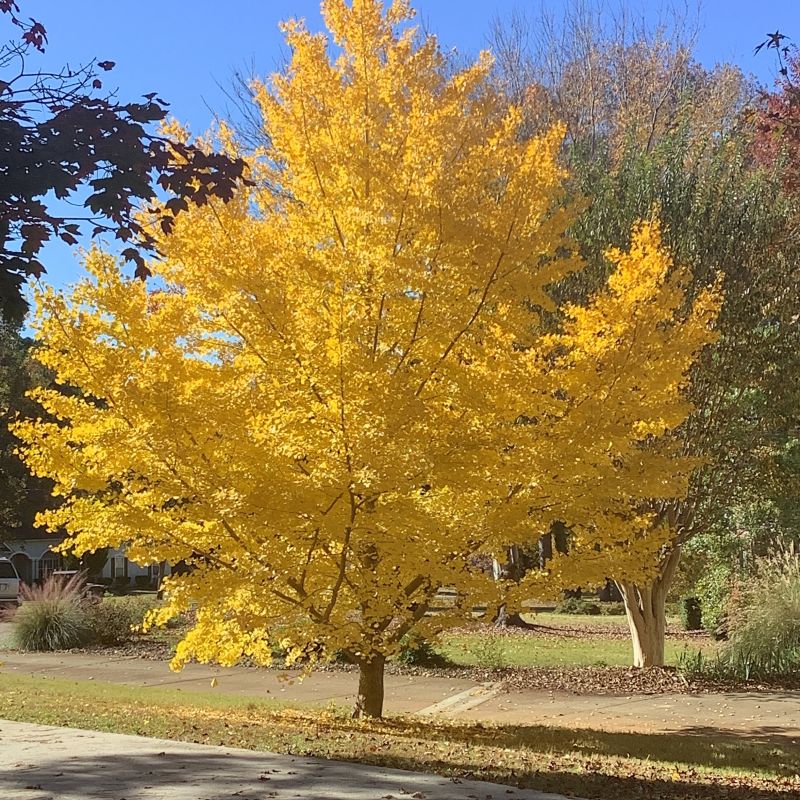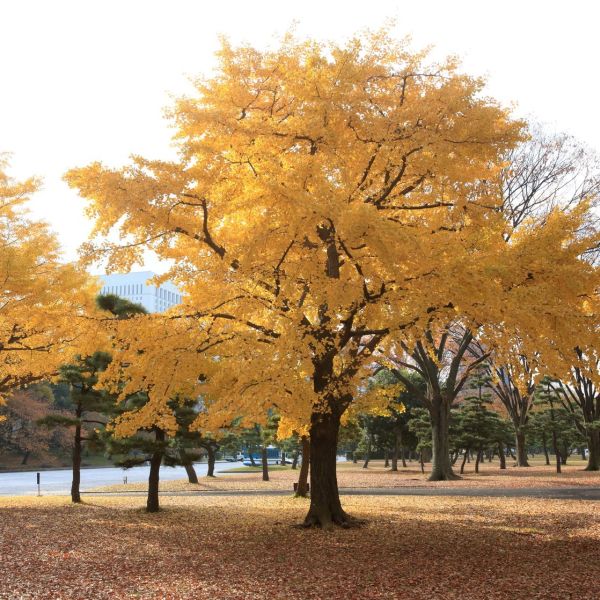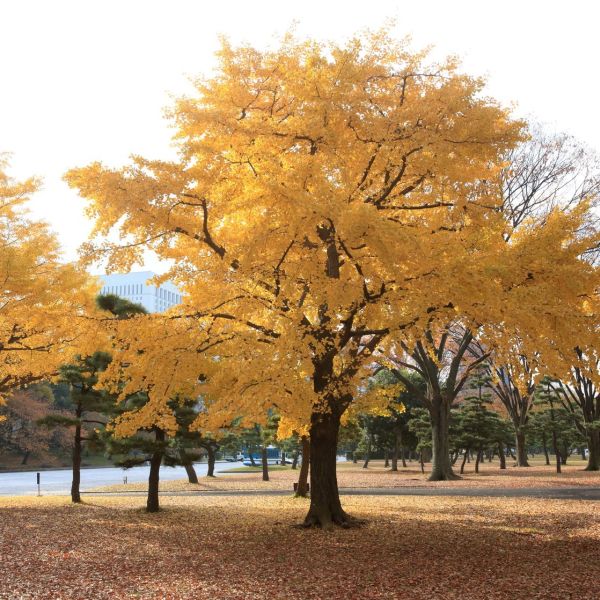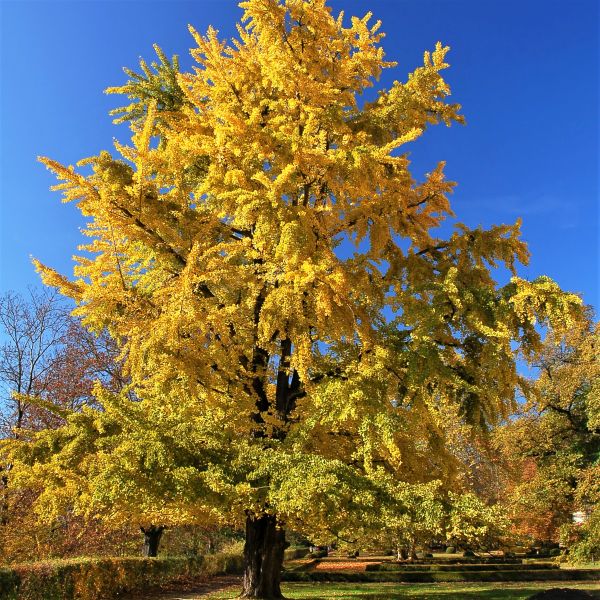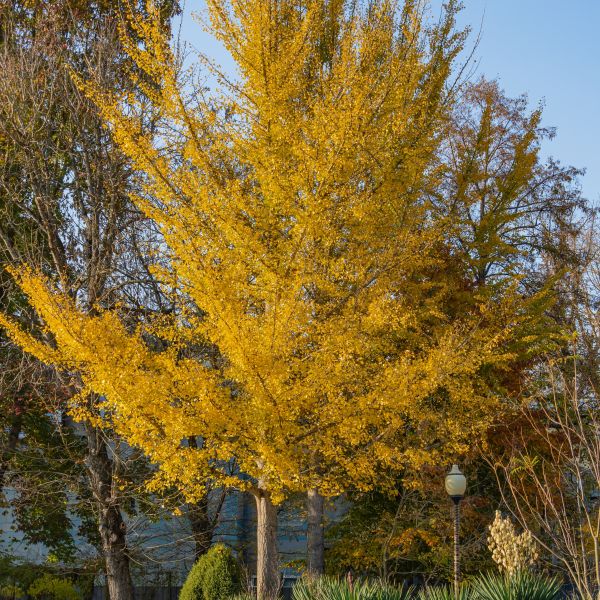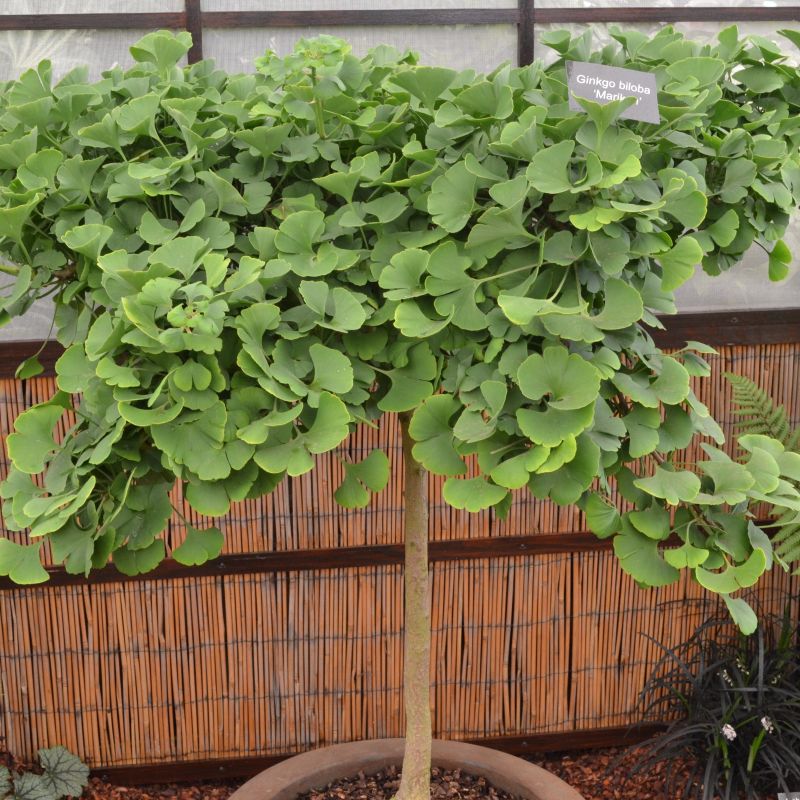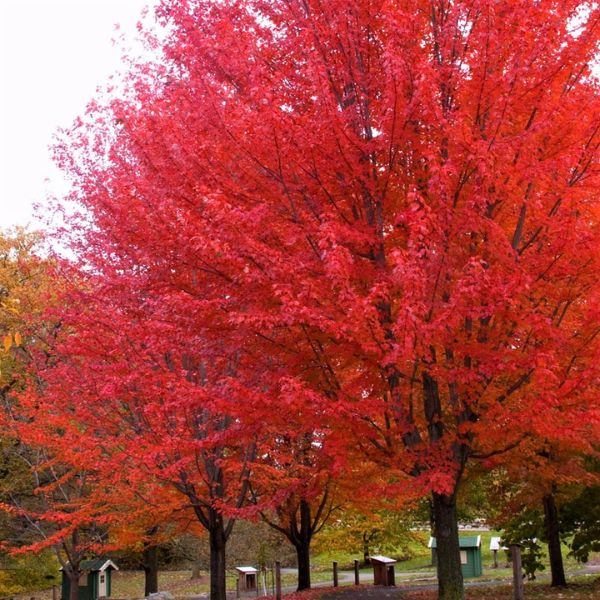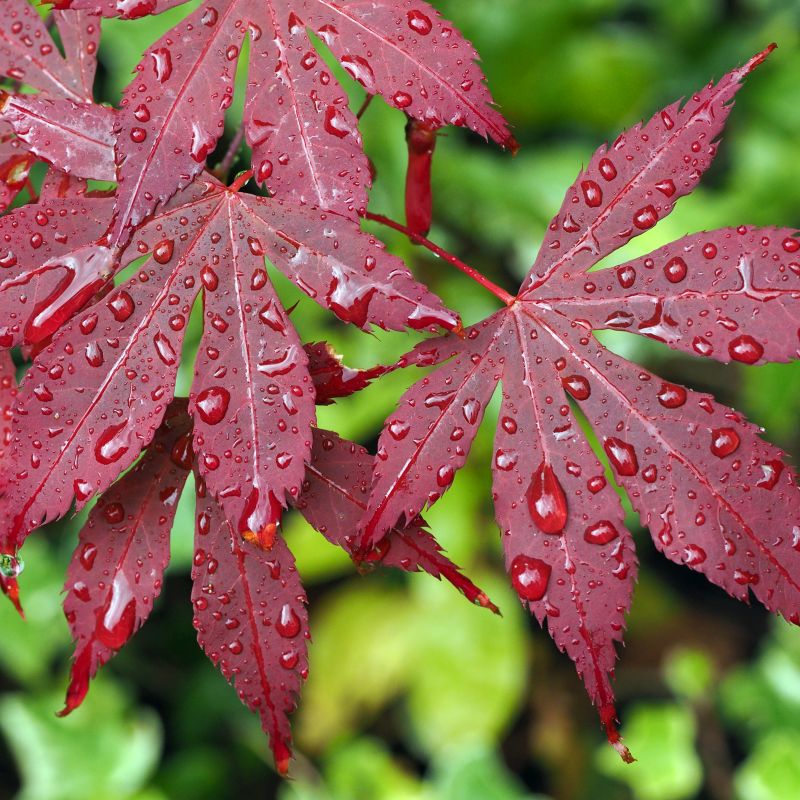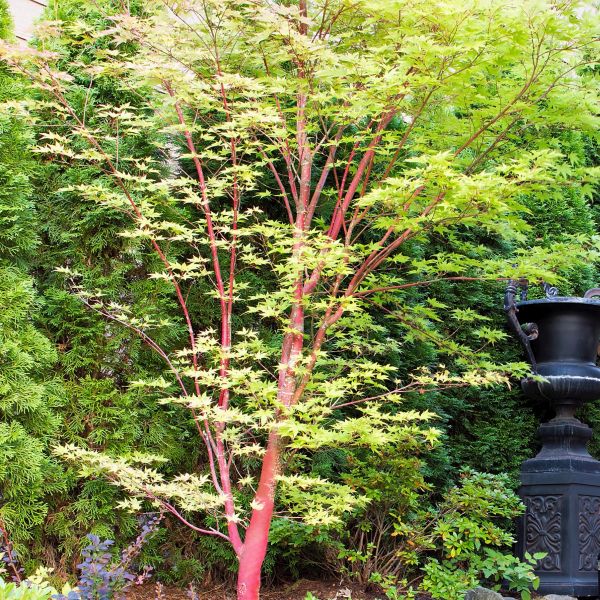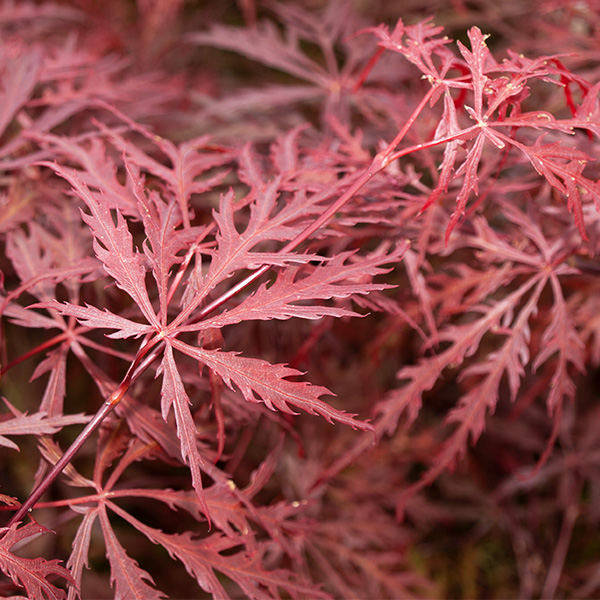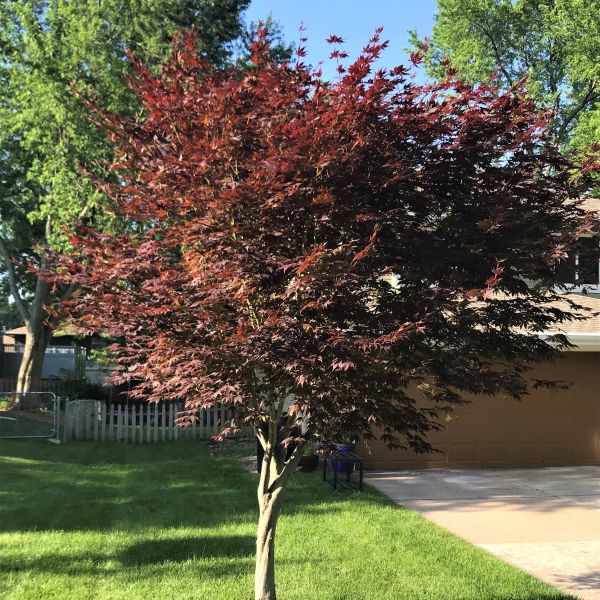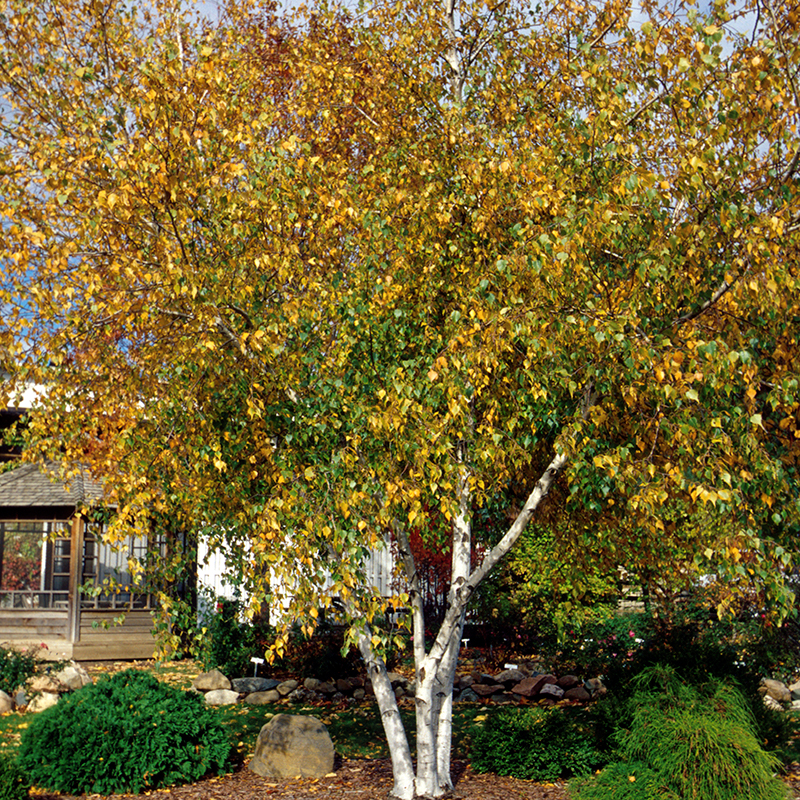

Whitespire Birch
Betula populifolia 'Whitespire'
16 reviews
Whitespire Birch
Betula populifolia 'Whitespire'
16 reviews
- Grows quickly, reaching full maturity within just a few years
- Distinctive white bark adds a unique and eye-catching element to any landscape
- Tolerant of a variety of soil types and environmental conditions
- Recommended by landscape designers for optimal fit in real yards
$113.00
$162.00
30% Off
- Ships to 43215 in 3 to 7 days
- Free Shipping Over $150
- Plant Arrival Guarantee
- In Stock
- Free Plant Consult
$200 - Landscape-Approved: Every Plant We Sell Comes With Design Expertise Behind It
3.5 Gallon Multi Stem
Not just beautiful - intentionally selected by ShrubHub's 3D landscape design team to fit real-world spaces and maximize yard potential.
Why Whitespire Birch?
Whitespire Birch (Betula populifolia 'Whitespire') is a deciduous tree that is popular for its stunning white bark, which peels in layers, creating a unique texture. It grows up to 40 feet tall and 30 feet wide, making it an excellent landscape tree. It prefers well-drained soil, full sun to partial shade, and is tolerant of cold and drought conditions. Its leaves are green in summer, turning yellow in fall.
People who loved this plant also bought
Sunlight
Whitespire Birch trees require full sun exposure to thrive and grow properly.
Watering
Whitespire Birch trees require regular watering, especially during the first few years of growth. It is important to keep the soil consistently moist but not overly saturated.
Fertilizing
The fertilizer requirement for Whitespire Birch is a well-balanced fertilizer with a nitrogen-phosphorus-potassium (N-P-K) ratio of 10-10-10 or 12-6-6, applied in early spring before new growth appears, and again in early fall.
Whitespire Birch stands as a symbol of nature's graceful elegance, captivating with its slender form and adding a touch of sophistication to any landscape. This exceptional tree combines strength with delicate beauty, making it a must-have for those seeking to create a serene and enchanting outdoor space.
A Portrait of Grace:
With Whitespire Birch, you'll witness the captivating presence of a tree that embodies grace in its very essence. The slender, upright branches gracefully reach toward the sky, creating a stunning silhouette that commands attention. Its elegant form serves as a testament to the inherent beauty found in nature's design.
Ivory Beauty and Peeling Bark:
Not only does Whitespire Birch captivate with its graceful presence, but it also enchants with its ivory beauty and unique bark. The smooth, white bark exudes a timeless charm, resembling delicate parchment that seems to glow in the sunlight. As the tree matures, the bark peels, revealing layers of cinnamon and reddish-brown, adding depth and texture to its visual appeal.
Dancing Leaves and Dappled Shade:
Embrace the gentle dance of leaves and dappled shade as Whitespire Birch graces your garden. The delicate, triangular leaves flutter in the breeze, creating a soft rustling sound that evokes tranquility. The light shade cast by the lacy foliage adds a sense of coolness and serenity, providing a welcome respite on warm summer days.
Year-Round Visual Appeal:
Whitespire Birch offers year-round visual appeal, ensuring that your outdoor space remains captivating in every season. In spring, delicate green leaves emerge, signaling the awakening of nature. In summer, the canopy provides a refreshing green backdrop. Autumn brings a burst of golden hues, as the leaves trans
Plant Information:
| Botanical Name: | Betula populifolia 'Whitespire' |
| USDA Zones: | 3 - 7 |
| Water: | Moderate |
| Exposure: | Full Sun |
| Soil Needs: | Well-Drained |
| Mature Height: | 30 - 40 feet |
| Mature Spread: | 20 - 25 feet |


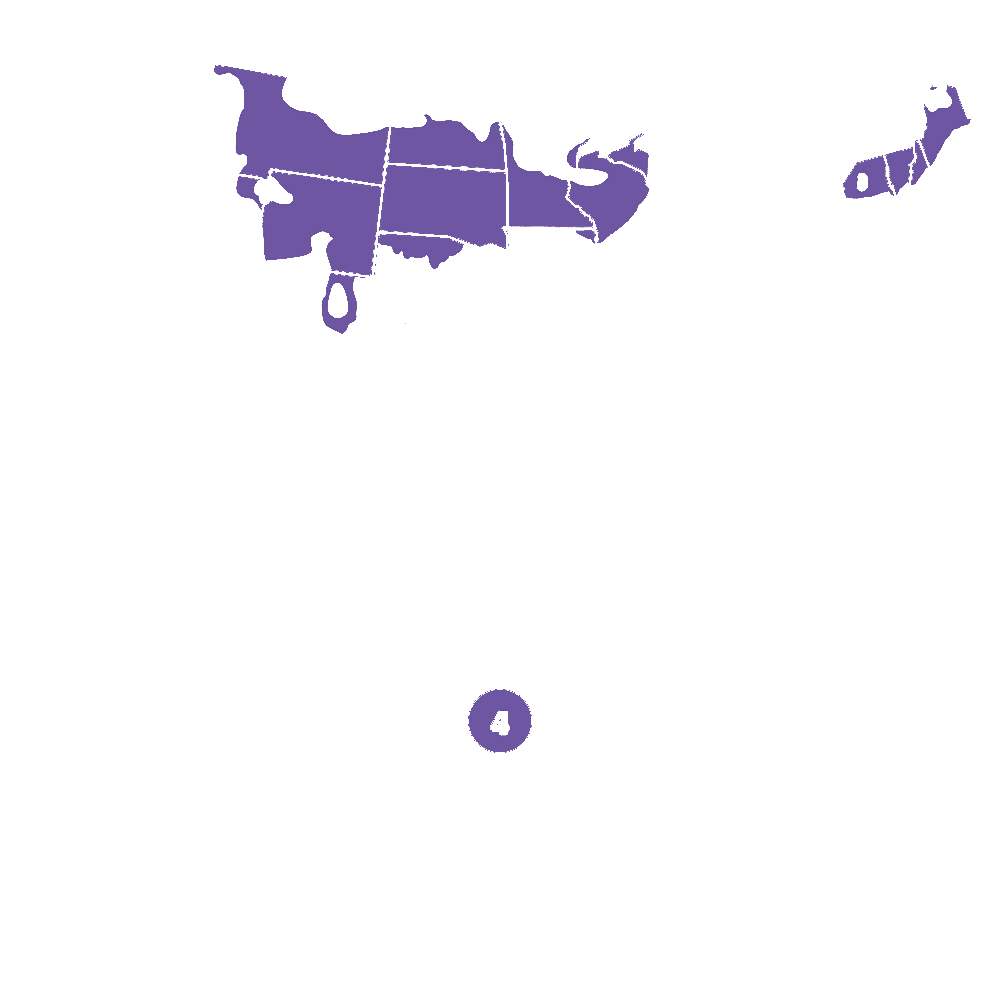
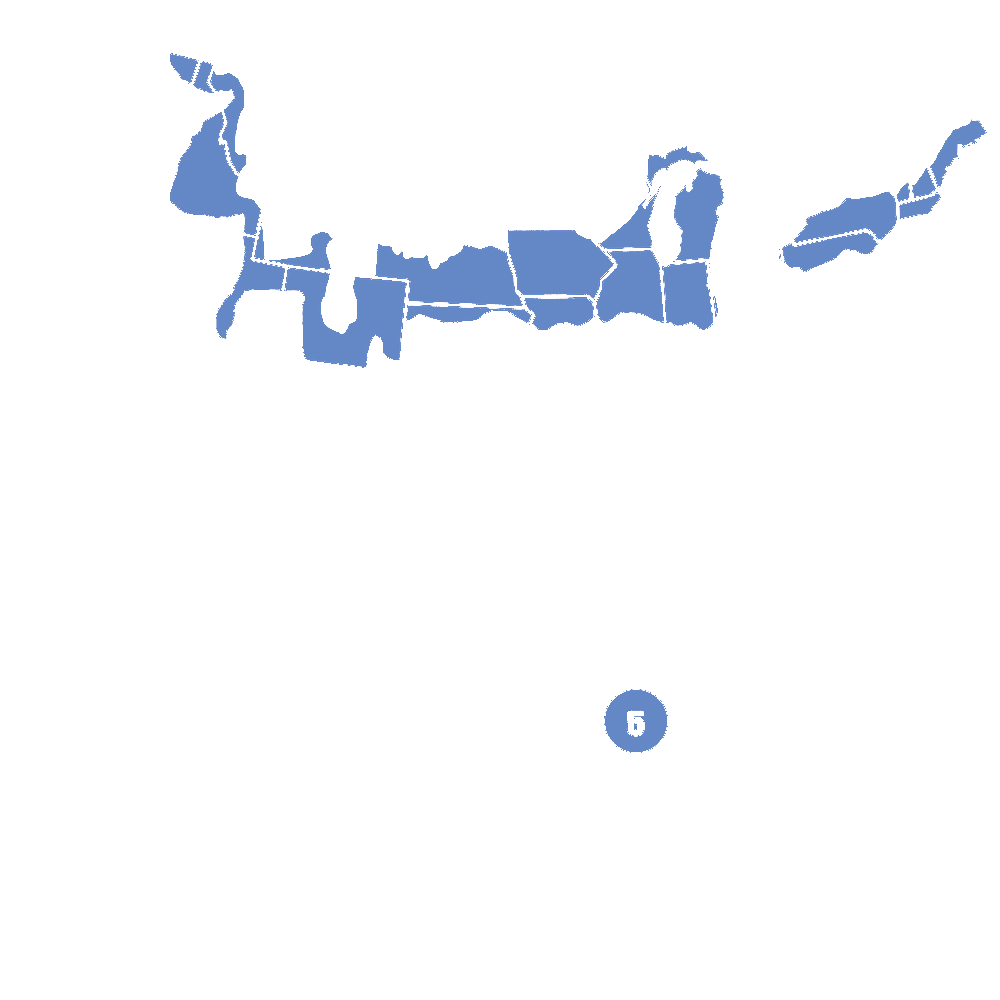
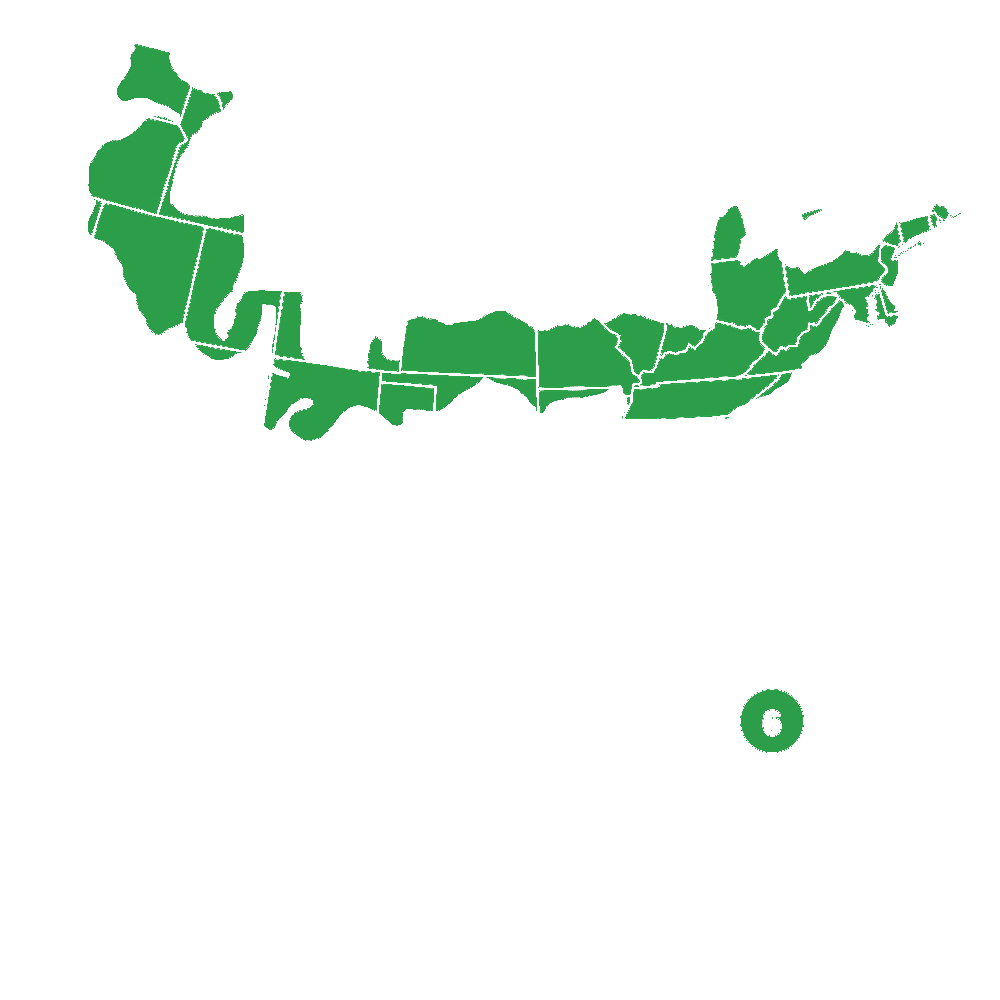
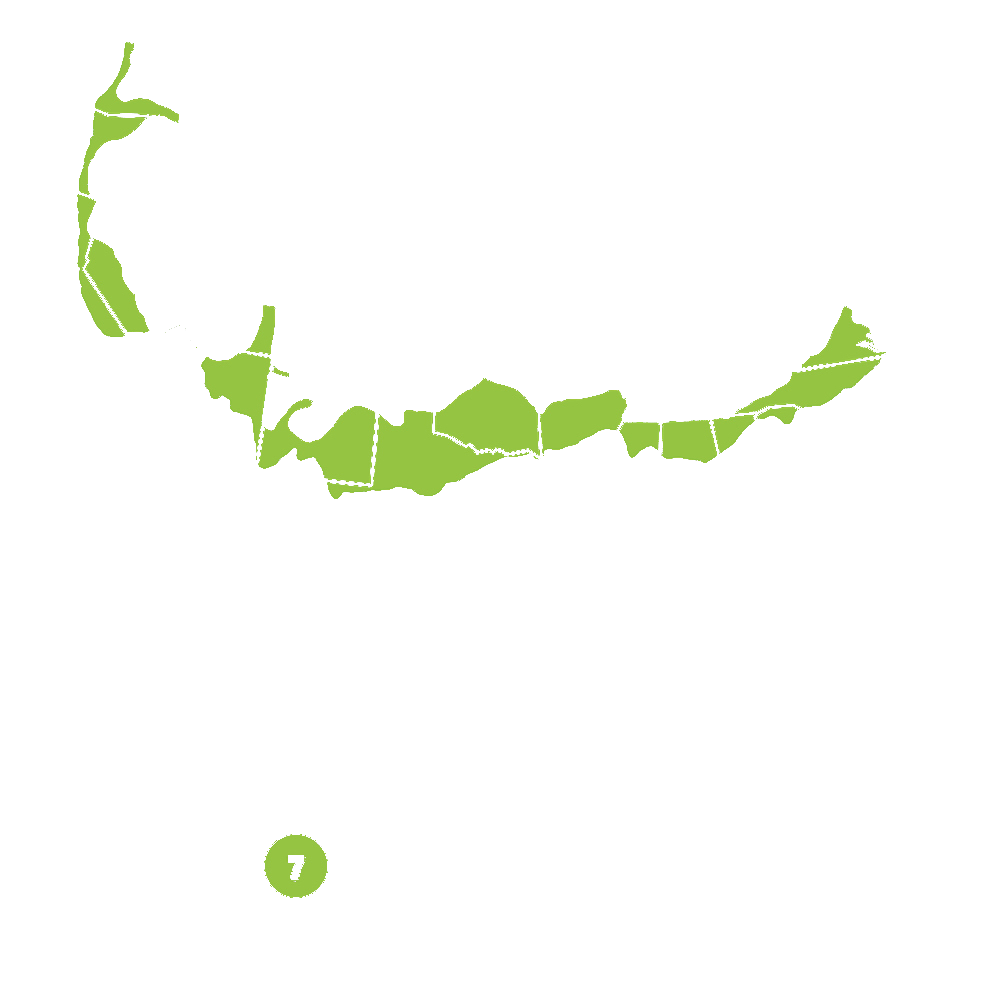
Pollination Info
Pollination Information for Whitespire Birch Trees
Whitespire Birch trees (Betula populifolia 'Whitespire') are deciduous trees that require pollination in order to produce seeds and continue their growth. The pollination process of Whitespire Birches is carried out by the wind.
The trees produce small and inconspicuous flowers in the spring. These flowers are typically arranged in groups of two to three and are called catkins. The male catkins produce pollen, which is carried by the wind to the female catkins on neighboring trees.
Once pollination occurs, the female catkins develop into small, winged seeds known as samaras. These seeds are typically dispersed by the wind and can travel long distances before they eventually settle and germinate into new trees.
It is important to note that Whitespire Birch trees are not self-fertile and require cross-pollination with other birch trees in order to produce seeds. Therefore, it is recommended to plant two or more Whitespire Birch trees within close proximity to one another to promote successful pollination.
FAQ
Whitespire Birch (Betula populifolia 'Whitespire') FAQ
General Information
What is Whitespire Birch?
Whitespire Birch (Betula populifolia 'Whitespire') is a deciduous tree that belongs to the Betulaceae family. It is known for its beautiful white bark and graceful appearance.
How tall does Whitespire Birch grow?
Whitespire Birch can grow up to 40 feet tall and 20 feet wide.
What is the growth rate for Whitespire Birch?
The growth rate for Whitespire Birch is considered medium, growing between 13-24 inches per year.
Planting Information
What is the best time to plant Whitespire Birch?
The best time to plant Whitespire Birch is in the fall or early spring.
What soil type does Whitespire Birch prefer?
Whitespire Birch prefers well-drained soil and can tolerate a range of pH levels.
What is the recommended planting distance for Whitespire Birch?
The recommended planting distance for Whitespire Birch is 15-20 feet apart.
Maintenance information
How often should I water my Whitespire Birch?
You should water your Whitespire Birch at least once a week, providing enough water to saturate the soil to a depth of 18 inches.
How often should I fertilize my Whitespire Birch?
You should fertilize your Whitespire Birch once a year in the spring with a slow-release fertilizer.
Does Whitespire Birch require pruning?
Whitespire Birch requires minimal pruning. Only dead, broken, or diseased branches should be removed.
Pests and Diseases
What pests can affect Whitespire Birch?
Common pests that can affect Whitespire Birch are birch leaf miner, bronze birch borer, and aphids.
What diseases can affect Whitespire Birch?
Common diseases that can affect Whitespire Birch are leaf spot, cankers, and root rot.
Planting & Care
Planting Whitespire Birch
Location
Whitespire Birch prefers full sun to partial shade and moist, well-drained soil. It can also tolerate some drought and soil salt.
How to Plant
- Choose a planting site that meets the location requirements.
- Dig a hole twice as wide and deep as the root ball.
- Remove the plant from its container and gently loosen the roots.
- Place the root ball in the hole and backfill with soil, making sure the top of the root ball is level with the soil surface.
- Water thoroughly.
Caring for Whitespire Birch
Watering
Whitespire Birch prefers moist soil, so water deeply and regularly, especially during dry spells. Avoid overwatering, as this can lead to root rot.
Fertilizing
Whitespire Birch does not typically require fertilizer. If desired, apply a slow-release fertilizer in early spring.
Pruning
Whitespire Birch requires minimal pruning. Remove any dead, damaged, or diseased branches in late winter or early spring.
Pests and Diseases
Whitespire Birch is generally resistant to pests and diseases. However, it can be susceptible to bronze birch borer and leaf miner. Monitor for signs of infestation, such as yellowing leaves, and treat as necessary.
Check Out These Verified Customer Reviews:
Customer Reviews
4.6 out of 5 based on 16 reviews
Thank you! Your review has been submitted.
The birch tree I received was healthy and well-packaged. It added a beautiful touch to my garden.
I'm impressed with the quality of the Whitespire Birch tree. It looks exactly as shown on the website.
Great customer service, quick response.
Item has been added to your cart.



